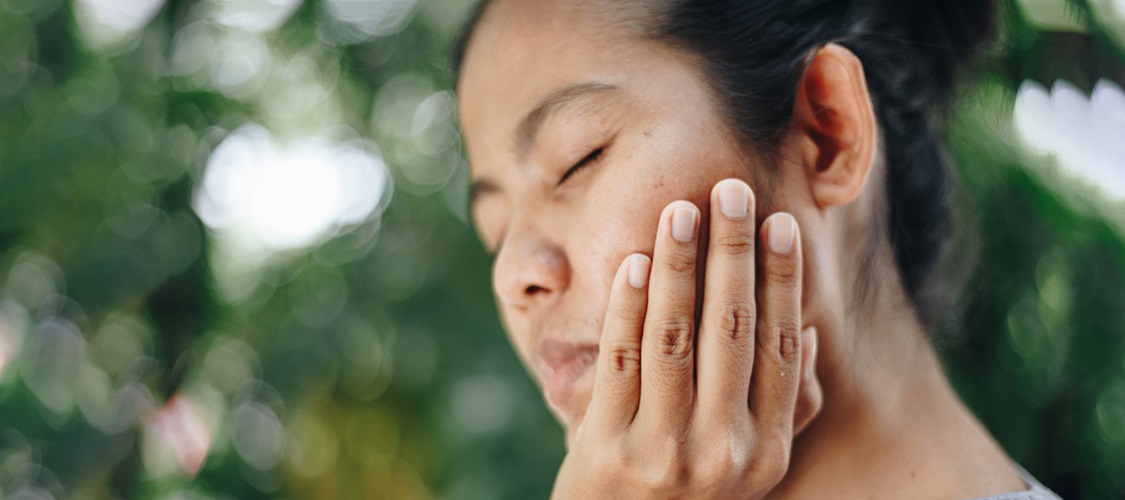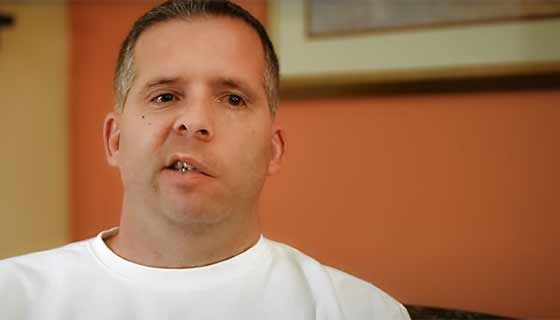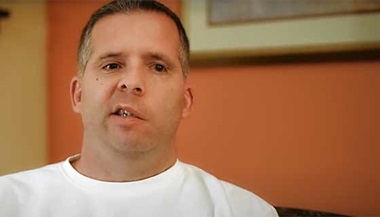Bell's Palsy: When Facial Paralysis Doesn't Get Better
Bell’s palsy is a rare condition that affects the facial nerve and muscles. It may appear after a cold sore or other viral illness such as the flu or a cold. You might notice a headache and pain, or twitching or weakness in one side of your face.
Over the next 48 hours or so, one half of your face may start to droop. Your smile may look lopsided. One of your eyelids may sag, or you may have trouble closing that eye. You may also notice a loss of the sense of taste, dizziness, ringing in your ear (tinnitus) or other symptoms that point to a problem with the facial nerve.
The facial weakness that accompanies Bell’s palsy can be similar to that seen in a stroke patient. An urgent evaluation by doctors will distinguish between a true Bell’s palsy and facial palsy from a stroke.
How long does Bell’s palsy last?
In the majority of cases, facial paralysis from Bell’s palsy is temporary. You’re likely to notice gradual improvement after about two weeks. Within three months, most people have recovered full motion and function of their face. A delay in recovery is often accompanied by some form of abnormal facial function.
But if facial paralysis from Bell’s palsy doesn’t get better, there are effective treatment options.
When should I see a doctor for Bell’s palsy?
Patrick Byrne, M.D., M.B.A. , is a professor of otolaryngology – head and neck surgery at Johns Hopkins, and heads the Facial Plastic and Reconstructive Surgery Center . He’s an expert in facial reanimation – surgery to help restore motion and expression to the face after Bell’s palsy, stroke, or other conditions.
Restoring Facial Function and More
“The Facial Nerve Center at Johns Hopkins is a terrific place for patients with facial paralysis,” Boahene says, “because we have so much experience and expertise. We’re one of the busiest centers in the world, and have pioneered or refined some of the current techniques used in treating facial palsy.”
Boahene adds that his patients get a lot more than highly skilled facial plastic surgery. “We have a true team approach. In addition to surgeons, we also have a comprehensive research program that studies outcomes in facial paralysis. We combined the expertise of physical therapists and behavioral psychologists to get the best results. We are always innovating to solve our patients’ problems. We are unique in that regard.”
The group also supports recovering patients with speech therapists, neurologists for facial motor testing and a facial retraining expert: a dedicated physical therapist who works with people affected by facial paralysis.
He says that the team excels in both microsurgery (the knitting together of delicate blood vessels, using a microscope) and facial aesthetic surgery (surgery to restore beauty and balance to the facial features).
“We can choose from a range of techniques to restore a near-normal smile and a more beautiful, natural-appearing face.”






